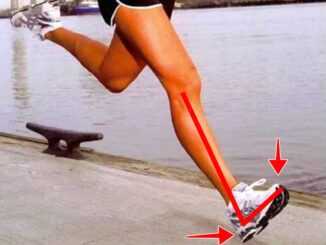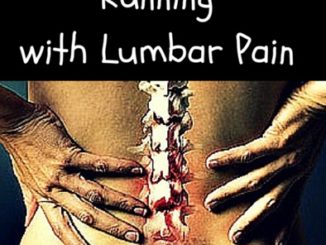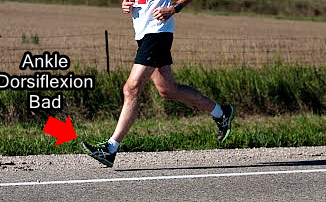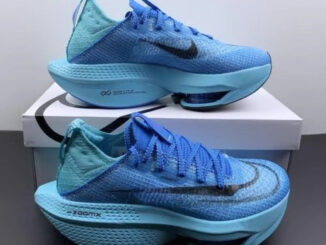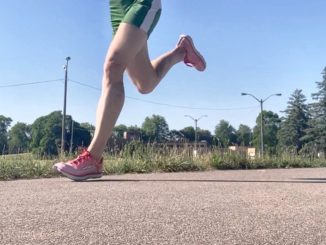
What Running Style is Best for Your Knees? Forefoot Running NOT Heel Strike Running
Landing with a forefoot strike when running was found to prevent irregularities in your entire mechanics that account for the avoidance of damaging impacts to the knee as compared with heel strike running.

